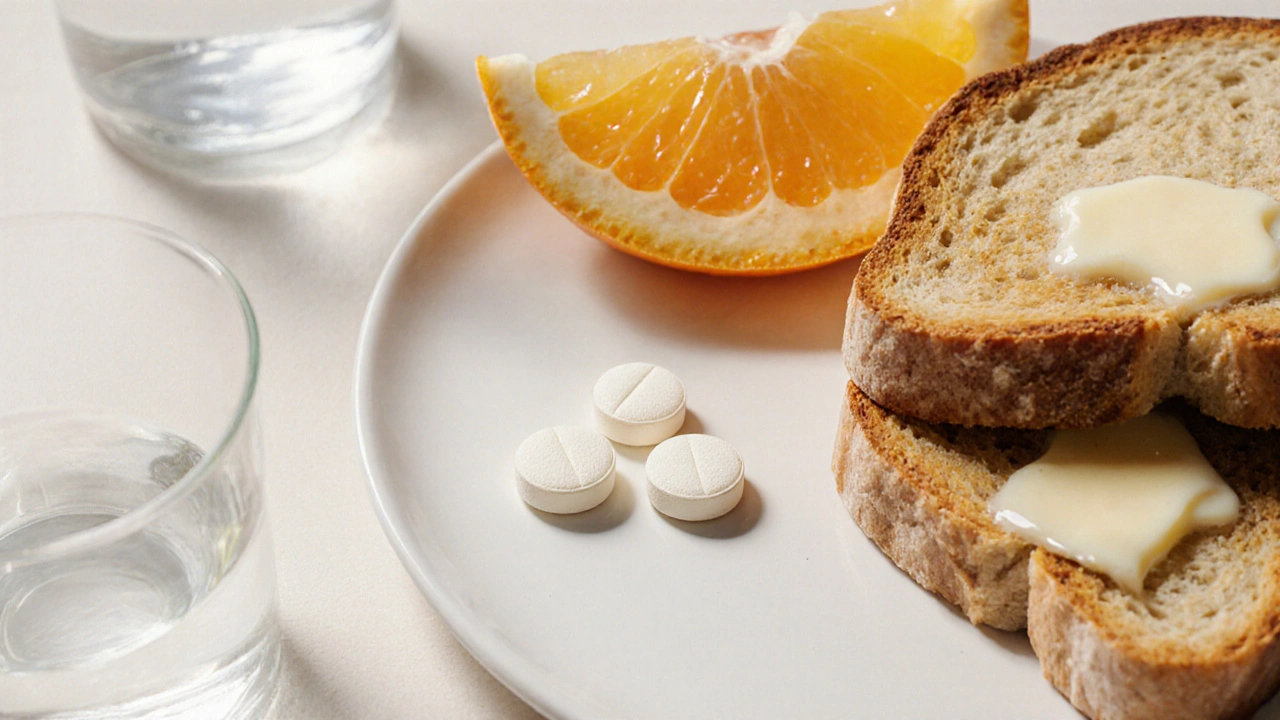Phosphate Binder: What It Is and Why It Matters
When dealing with phosphate binder, a medication that attaches to dietary phosphate in the gut and prevents its absorption. Also known as phosphate sequestrant, it is crucial for anyone fighting high blood phosphate. Hyperphosphatemia, elevated phosphate levels in the blood often stems from weakened kidneys, and without a binder the excess can damage bones and blood vessels. The relationship is clear: a phosphate binder reduces hyperphosphatemia by trapping phosphate before it enters circulation.
How Kidney Health Drives the Need for Binders
People with chronic kidney disease, progressive loss of kidney function over months or years struggle to excrete phosphate naturally. As kidney function slips, the body retains more phosphate, pushing levels higher. This condition creates a direct demand for a phosphate binder to keep the balance in check. In dialysis clinics, doctors often prescribe binders alongside treatment sessions, because dialysis alone can’t clear all the phosphate. Understanding that chronic kidney disease requires a binder helps patients plan their medication schedule and diet.
Not all binders are the same. Sevelamer, a non‑calcium polymer binder that captures phosphate without adding extra calcium is popular for patients at risk of vascular calcification. Sevelamer offers the advantage of lowering LDL cholesterol as a side benefit, which is useful for many kidney patients. On the other hand, calcium‑based binders like calcium carbonate are cheaper and double as a calcium supplement, but they may increase calcium load, potentially causing calcification if not monitored. Choosing between sevelamer and calcium carbonate depends on individual risk factors, lab results, and cost considerations.
Cost matters a lot when you’re on a tight budget. Generic calcium carbonate pills can be bought for a fraction of the price of branded sevelamer, yet the savings must be weighed against the clinical picture. Some patients rotate between a calcium binder and sevelamer to balance affordability and safety. Knowing the pros and cons of each option lets you discuss smarter choices with your pharmacist or doctor, especially if you’re looking for low‑cost solutions that don’t compromise health.
Below you’ll find a curated collection of articles that dive deeper into specific binders, diet tips for lowering phosphate intake, and step‑by‑step guides on buying affordable generic versions online. Whether you’re new to the concept or managing a long‑standing kidney condition, the posts ahead provide practical insights and actionable advice to help you keep phosphate levels under control.
PhosLo (Calcium Acetate) vs Other Phosphate Binders: A Practical Comparison
- Robin Tudge
- October 12, 2025
- 8 Comments
Compare PhosLo (calcium acetate) with sevelamer, lanthanum, ferric citrate, and sucroferric oxyhydroxide. Learn efficacy, side effects, cost, and when to choose each binder.
read more
